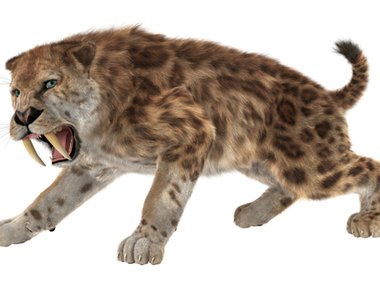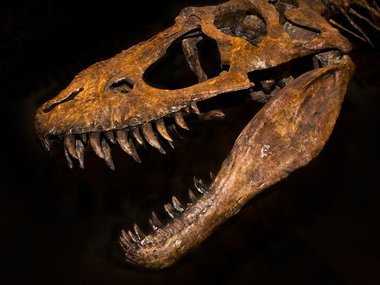Science Resources for Open Access Week
Where do you get your science news? Following the Science Museum of Virginia’s social media is a great place to start (😉), but we know that looking for science information online can feel like navigating through a long hallway; you don’t know what you’ll find along the way and unfortunately, many of the doors are locked. International Open Access Week is calling in a locksmith!
Scientific research is often shared behind a paywall. Getting beyond the paywall can require a yearly journal subscription or paying one-time access fees. These paywalls can be restrictive for curious readers and may hinder the scientific process if researchers have to wait or pay to work off of recent findings. Open access is a movement for free and immediate online access to scientific research. During International Open Access Week, individuals, institutions and organizations around the world are sharing their knowledge and resources to promote the transformative power of scholarly research.

We asked our Subject Matter Experts to share some of their favorite open-access materials. Explore some inspiring STEM stories and bookmark these resources for future reference!
Astronomy:
Nicknamed astro-ph, the astrophysics section of the pre-print database arXiv is a goldmine for space news. Papers are uploaded to arXiv by the authors, independently of any journal submissions and often before any peer review. This means some critical thinking is still needed. With an archive dating back to 1992, you might find high-quality research that is destined for publication in a prestigious journal, or you might get claims that an interstellar comet is actually an alien spaceship.
Looking for a recent and notable open-access astronomy paper? Check out this one from Nature detailing the potential biosignature on Mars.
Biological Anthropology:
Nature is a big name in the world of scientific research, and there’s more to Nature than just its monthly journal. Nature Communications is a completely open-access arm of Nature publishing. Nature Communications is not just multidisciplinary research articles, but also commentary, Q&As and editorials.
How’s this for a handpicked new story? Researchers found a male-specific pathway leading to increased sensitivity to pain was activated by testosterone. However, this type of activation was not observed in female mice, showing that an increased sensitivity to pain differs based on sex hormones. If you’ve ever seen a viral video putting men through simulated cramps, this one’s for you. Plus, the end results give us a better understanding of how people experience pain differently, leading to more personalized and effective treatments!
Zero in on biological anthropology with the American Journal of Biological Anthropology’s Yearbook of Biological Anthropology. It is always open access and highlights developments and new ideas in the field over the last year!
Life Science:
We’re still making scientific discoveries from a fossil found in 1861? This open-access article proves that, yes, we are! Archaeopteryx is a transitional fossil showing the relationship between dinosaurs and birds. The specimen on display in Chicago is beautifully preserved and shows details of tertial feathers. The presence of specialized tertial feathers is a very good indication that the animal could indeed fly—a question scientists have been trying to answer since the fossil’s discovery.
This article was originally published in Nature, but is accessed here via ResearchGate. ResearchGate is a platform for researchers to share their work and make it open access. Similar to arXiv, readers should still vet articles to make sure they’re credible, but making an account on the site is free and unlocks research spanning a variety of fields.

New Altitude Photography & Aerial© - Eric Howard
Environmental Science:
The Science Museum of Virginia is in the middle of our own urban greening project, and this article from The Nature Conservancy highlights some of the lesser-known aspects of the undertaking. Funding, stakeholder cooperation, planting and maintenance are no easy feat—especially so in densely populated European countries with limited resources, as is the case in this article. There are a multitude of lessons to be learned from these stories as we set new standards for nature-based conservation solutions.
Another resource recommendation for plant geeks? Kew Science: Read & Watch! New articles and videos are uploaded frequently and discuss biodiversity and sustainability from a global perspective. Averaging at about a five-minute read, Read & Watch is a perfect lunch break companion.


